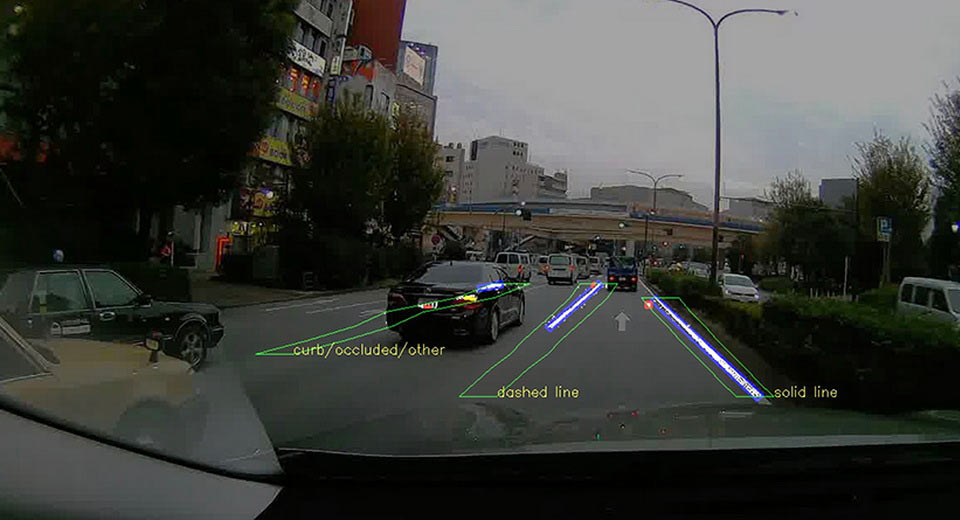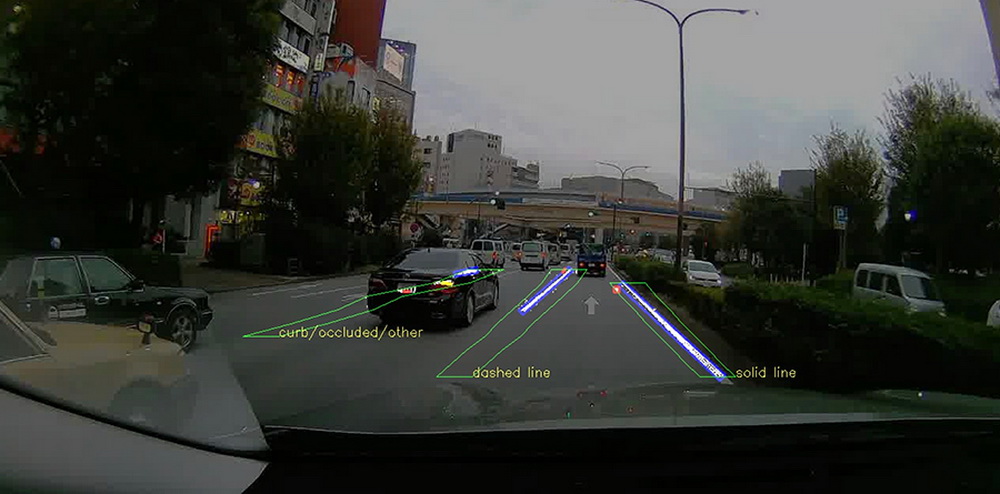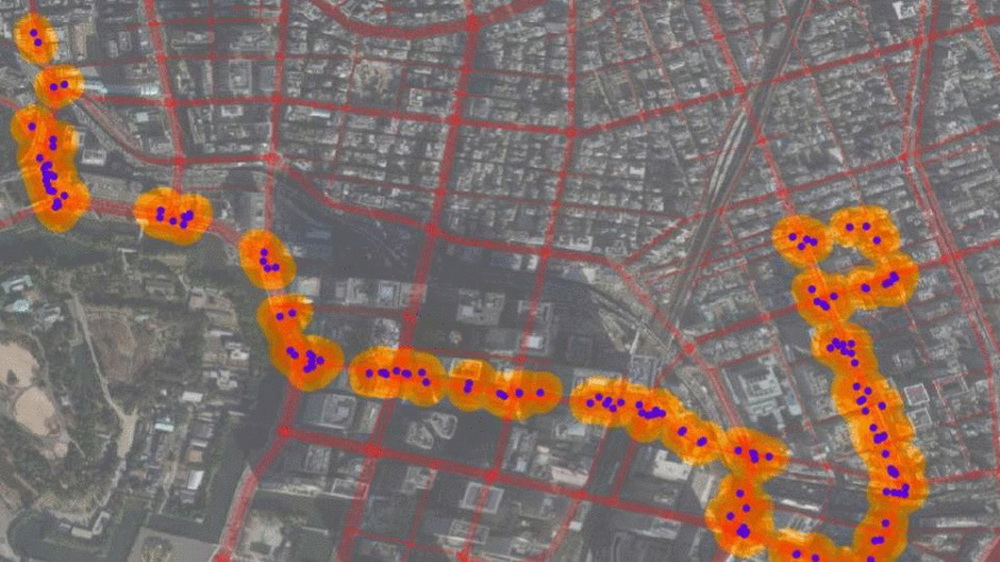TRI-AD (Toyota Research Instutite – Advanced Development) and Carmera will work together on a proof of concept with regards to the development of camera-based high-definition maps for roads that go beyond the highway infrastructure.
This is just a first step towards realizing TRI-AD’s open software platform concept, also known as AMP (Automated Mapping Platform), supporting the scalability of autonomous driving by compiling data sourced from participating vehicles to generate maps in HD.
“Currently, automated driving map development relies on highly expensive specialized mapping vehicles deployed in limited numbers, and a lengthy manual process for reliable HD map creation. We’re excited to partner with Carmera to automate HD map generation and help enable automated driving mobility for all,” stated TRI-AD’s VP of automated driving, Mandali Khalesi.
The two companies will place cameras in Toyota test vehicles and begin collecting data over the next several months from areas of downtown Tokyo. The cameras will use Toyota Safety Sense (TSS) suite the automaker installs on its vehicles worldwide. Then, all the images and any other data gathered via TSS will be processed on Carmera’s real-time platform, automatically generating the required HD map data.
The ultimate goal is to provide ultra-reliable road information to self-driving cars in the future, and by using commercially available vehicles around the world for HP map work, automated driving could become a reality on all roads. However, even if HD maps become available for the U.S., China, Germany and Japan’s entire road networks (0.23 million km / 0.14 million miles), this would still only represent less than 1% of the global road network (39.5 million km / 24.5 million miles).
Guess we’ll have to wait until AIs become as good, or better, than humans in order to render drivers totally obsolete.





